Apex charts accepts data(series) in following format series: series: [{ name: 'Net Profit', data: [44, 55, 57, 56, 61, 58, 63, 60, 66] }, { name: 'Revenue', data: [76, 85, 101, 98, 87, 105, 91, 114, 94] },] https://apexcharts.com/react-chart-demos/area-charts/spline/ and my data looks like...
"clientsOverview": [
{
"date": "Mar 2022",
"count": 1,
"clientStatus": "inactive"
},
{
"date": "Mar 2022",
"count": 1,
"clientStatus": "active"
},
{
"date": "Apr 2022",
"count": 2,
"clientStatus": "active"
},
{
"date": "May 2022",
"count": 1,
"clientStatus": "inactive"
},
{
"date": "Jun 2022",
"count": 1,
"clientStatus": "inactive"
},
{
"date": "Jun 2022",
"count": 1,
"clientStatus": "active"
}
],
I wonder if there is any method to make my data look like this...
series: [{
name: 'active',
data: [1, 2, 0, 1]
}, {
name: 'inactiv',
data: [1, 0, 1, 1]
},
]
and the category should contain the date of the data
so in this case it should look like this
xaxis: {
categories: [ 'Mar', 'Apr', 'May', 'Jun']
},
what i am trying to do with this is an area chart that looks like this

I've tried the following
const result = Object.values(clientsOverview.reduce((acc, curr) => {
acc[curr.clientStatus] = acc[curr.clientStatus] || { title: curr.clientStatus, data: [] };
acc[curr.clientStatus].data.push({ count: curr.count, date: curr.date });
return acc;
}, {}));
const clientsOverview = [
{
"date": "Mar 2022",
"count": 1,
"clientStatus": "inactive"
},
{
"date": "Mar 2022",
"count": 1,
"clientStatus": "active"
},
{
"date": "Apr 2022",
"count": 2,
"clientStatus": "active"
},
{
"date": "May 2022",
"count": 1,
"clientStatus": "inactive"
},
{
"date": "Jun 2022",
"count": 1,
"clientStatus": "inactive"
},
{
"date": "Jun 2022",
"count": 1,
"clientStatus": "active"
}
];
const result = Object.values(clientsOverview.reduce((acc, curr) => {
acc[curr.clientStatus] = acc[curr.clientStatus] || { title: curr.clientStatus, data: [] };
acc[curr.clientStatus].data.push({ count: curr.count, date: curr.date });
return acc;
}, {}))
console.log(result)
const result = Object.values(clientsOverview.reduce((acc, curr) => {
acc[curr.clientStatus] = acc[curr.clientStatus] || { title: curr.clientStatus, data: [] };
acc[curr.clientStatus].data.push(curr.count);
return acc;
}, {}))
but I now have the problem with the category because it only reads the first three values (the array length form series)
